WHY LARGE CARNIVORES?
Top predators have always been a key part of how nature evolves and works. They create long and important chains of “top-down” events in nature. Since predators are globally disappearing (at a fast rate), their valuable effects on the ecosystems are as well. Hunting by humans does not imitate the selective hunting done by other predators, where trophy hunting is the direct opposite of how predators hunt. Overhunting large carnivores leads to severe long term effects on the overall biodiversity.
Predators have a key role
Any country that is safeguarding its biological diversity and functioning ecosystems, should avoid treating large predators as isolated numbers. Large carnivores has an important role connected to the ecosystem in which they live. Earlier, a common view was that ecosystems were only shaped from the bottom-up, with productivity there as the main factor.
Today, lots of data show us that it is more complicated than that. Productivity at the bottom of the food chain is connected to what happens at the top of it. A top-down pressure from large predators creates “cascading effects”, down through the foodchain. This top-driven control appears to play an even bigger role at northern latitudes. In functioning ecosystems, predators and prey are totally intertwined.
Top predators
• Control the herbivore numbers
• Affect prey behaviour
• Control the number of smaller predators
• Support biodiversity
• Clean up and limit disease
• Can’t be replaced by hunters
• Are needed in certain densities
• Have an important role to play
• Are not interchangeable
• Help to shape plant life
Control the herbivore numbers
Since long, we all know that predators affect the number of herbivores. This reduces grazing pressure, has consequences for the whole ecosystem, and appears to be linked to increased biodiversity. When wolves and bears were exterminated in the Grand Teton National Park in the US, it led to fewer species and lower populations of breeding migratory birds.
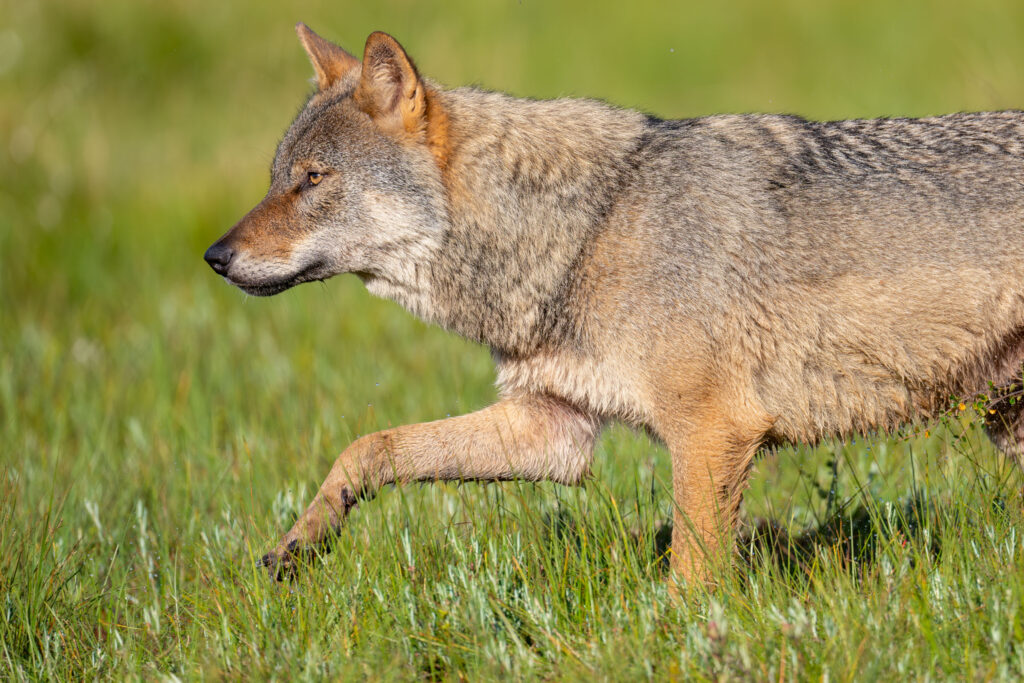
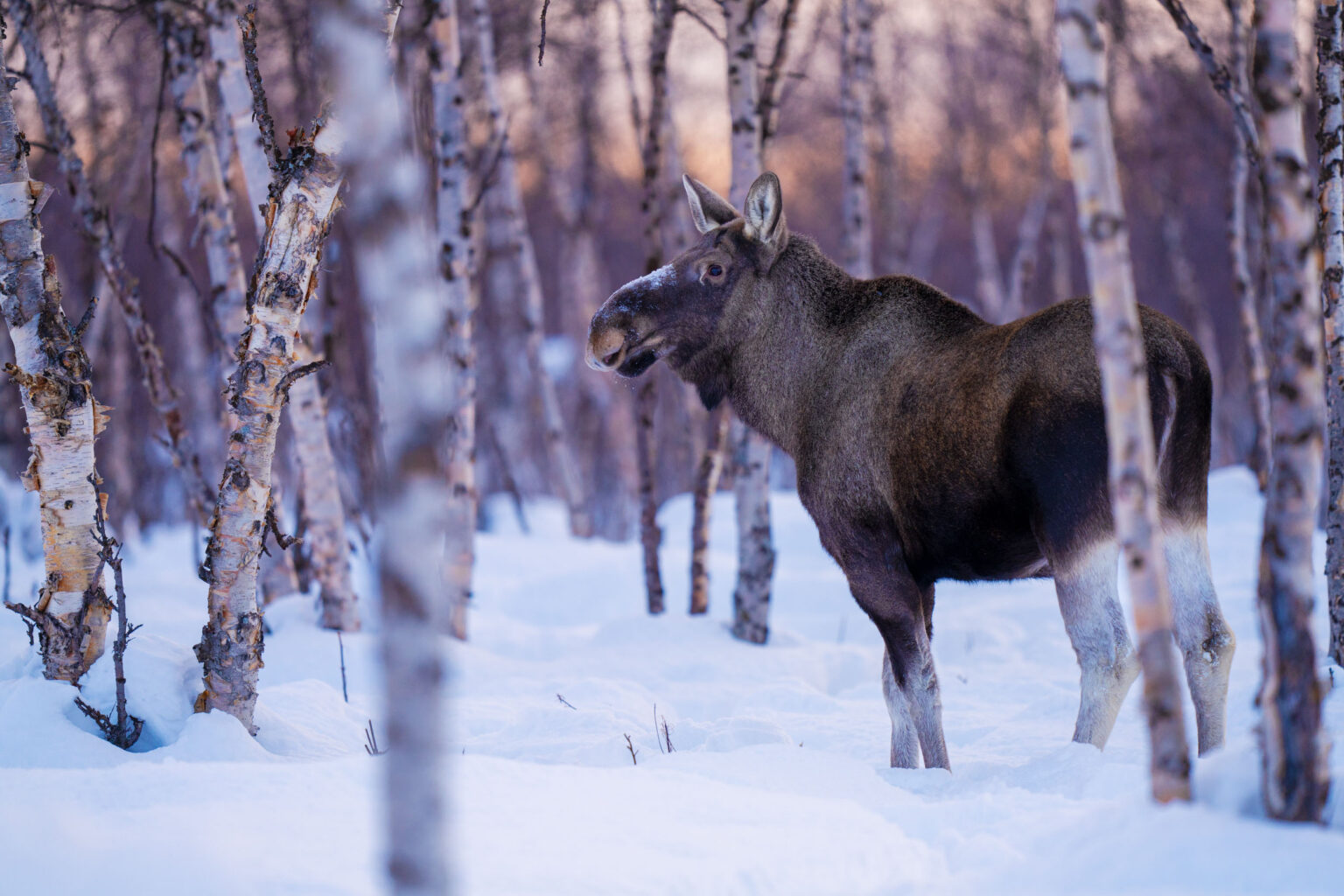
Affect prey behaviour
When carnivores are present in healthy numbers, prey will limit their movement, which reduces the competition between prey species. Studies in North America have shown that the risk of lynx predation changed the hares’ grazing behaviour and reproduction rate. When the wolf returned in Yellowstone, wapiti and bison changed where and what they eat and how they move. This had cascading effects, for examples on the river bank vegetation and its fauna.
Control the number of smaller predators
When large carnivores disappear (or are heavily reduced), the number of smaller predators usually grows rapidly. Some of the expected effects on the prey species might actually be the opposite. The rabbit is the staple food of the Iberian lynx. Nevertheless, rabbit populations are 2 to 4 times more dense in areas where lynx occur than in similar areas, where it doesn’t. An explanation is that lynx keep down the number of foxes, domestic cats and other small predators. Loss of large carnivores have led to explosive increases of smaller predators in many parts of the world. The dense population of red fox in Sweden over the last 100 years is partly a consequence of the absence of larger predators like lynx and wolves.
Support biodiversity
In general, when top predators are killed off, the ecosystem soon loses biodiversity.
Clean up and limit disease
Bear, wolf and especially the wolverine play important roles as scavengers in nature, speeding up the return of nutrients to the food webs, spreading nutrients and limiting possible risks of the spread of infections. In cold climates like in Sweden, carcasses are an important energy resource for many mammals and birds during winter.
Can’t be replaced by hunters
Hunting by humans can’t imitate the selective hunting pressure from natural predators. Trophy hunting is the exact opposite compared to how predators hunt. A Scandinavian study proved that deer hunting doesn’t have the same effect on nature as lynx predation on deer, especially when analyzing the distribution of sex and age. Hunting also affects prey behavior. The Nordic moose hunting with gun dogs (since more than 100 years) has suppressed the moose’s most efficient anti-predator behavior against the wolf (standing up to the wolf and being aggressive). The absence of wolves, in combination with gun dog hunts, has instead favored moose trying to escape.
Are needed in certain densities
For large predators to be able to play their ecological role, it is not enough that they are present in the ecosystems. They must occur in functional numbers and densities to be able to do their job well in their ecological roles. The results of quota hunting of large carnivores to “protect livestock” and “reduce damage”, might even be counterproductive. The only real result is that predators are killed.
Have important ecological roles to play
Large carnivores have no real evolutionary enemies and can’t be expected to react like prey species. Hunting of large predators reduces their naturally sparse populations and may trigger responses such as changes of habitat, feeding pattern and disruption of their social systems. Killing individuals of species that are socially complex can have unwanted consequences. Predation on domestic animals might for example increase.
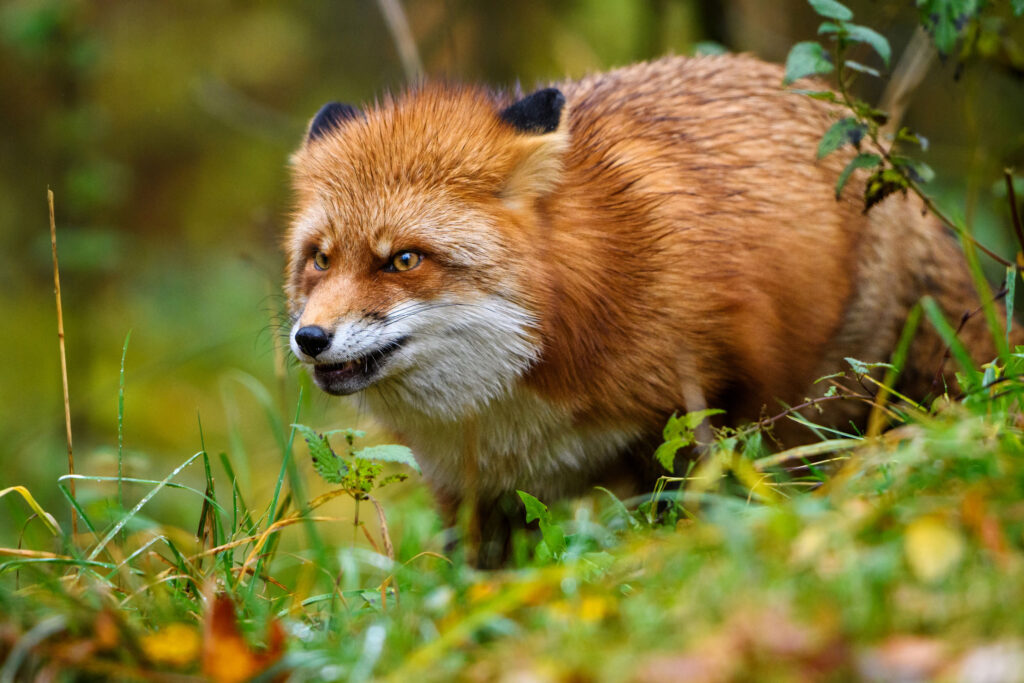
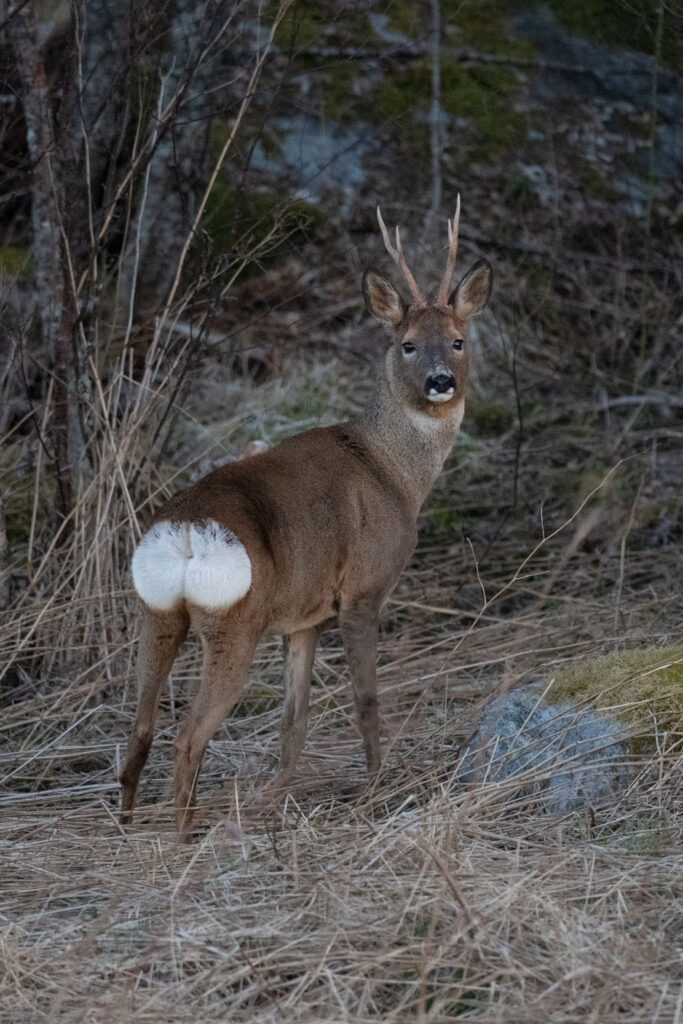
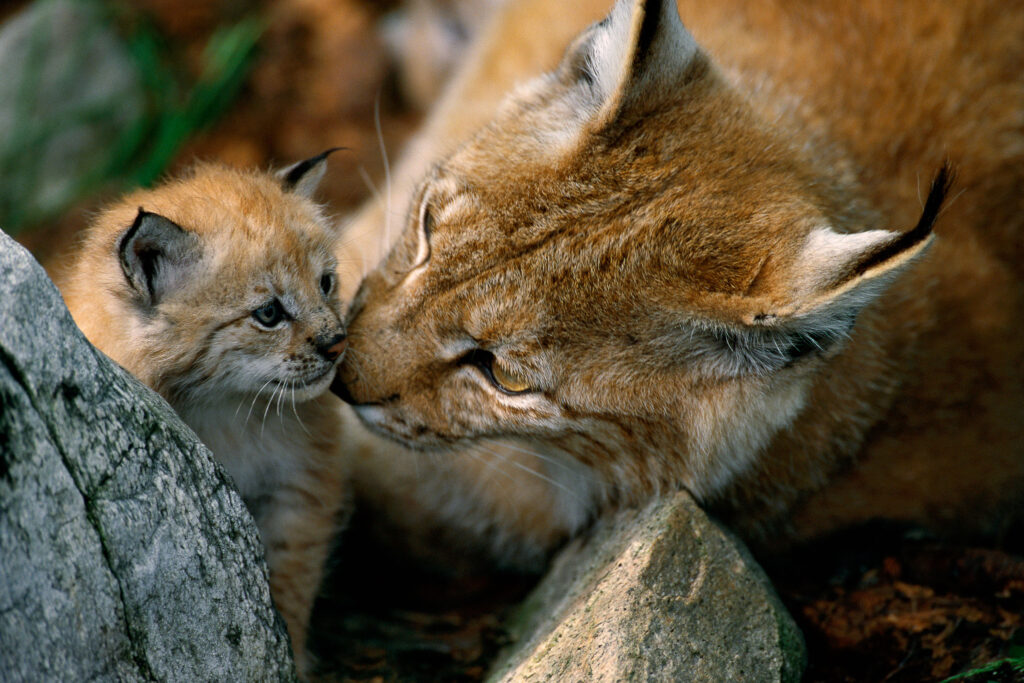
Are not interchangeable
Top predators can’t replace each other. They interact in many different ways and this is important for the overall functioning of ecosystems. The wolf provides conditions for scavengers by providing food for them. The return of the wolf in Sweden has created opportunities for the comeback of the wolverine, which is very dependent on carrion. Many studies have shown that it is important for biodiversity that the entire predator group is present.
Help to shape plant life
Since herbivores eat seeds, plants, leaves, branches and bark, predation on them can affect the structure of plant and tree communities. Seed dispersal by bears can be crucial for the evolution and spread of a number of plant species. It is all connected.
[Based on a report by Zoologist and researcher Andrés Ordiz. See link below]
Swedish Carnivore Association’s comments
- Coexistence between humans and predators is key, and predators should be treated with respect and not subjected to unnecessary suffering.
- Large predators are not just isolated numbers. If we are serious about preserving biodiversity and functioning ecosystems, we cannot manage large predators without connection to their habitats.
- In Sweden, almost all land outside city-planned areas is open for hunting. Public land as well as private. Why is that still so, when only less than 3% of Sweden’s population are hunters? What about the interests of the remaining 97%?
Links
- The role of large carnivores in trophic cascades (Camilla Wikenros, Department of Conservation Biology, Swedish University of Agricultural Scienes, SLU, 2006)
- The importance of large carnivores to healthy ecosystems (10 scientists from the US)
- The big predators' ecological role - A knowledge compilation based on current research (Andres Ordiz, Assistant Professor, 2010, Svenska)
- Nature and biodiversity, The Habitats Directive - Large carnivores (EU Comission webpage, 2024)
- The Habitats Directive (EU Commission, 2024)
- Important right now (Sweden’s Big Five, 2024)
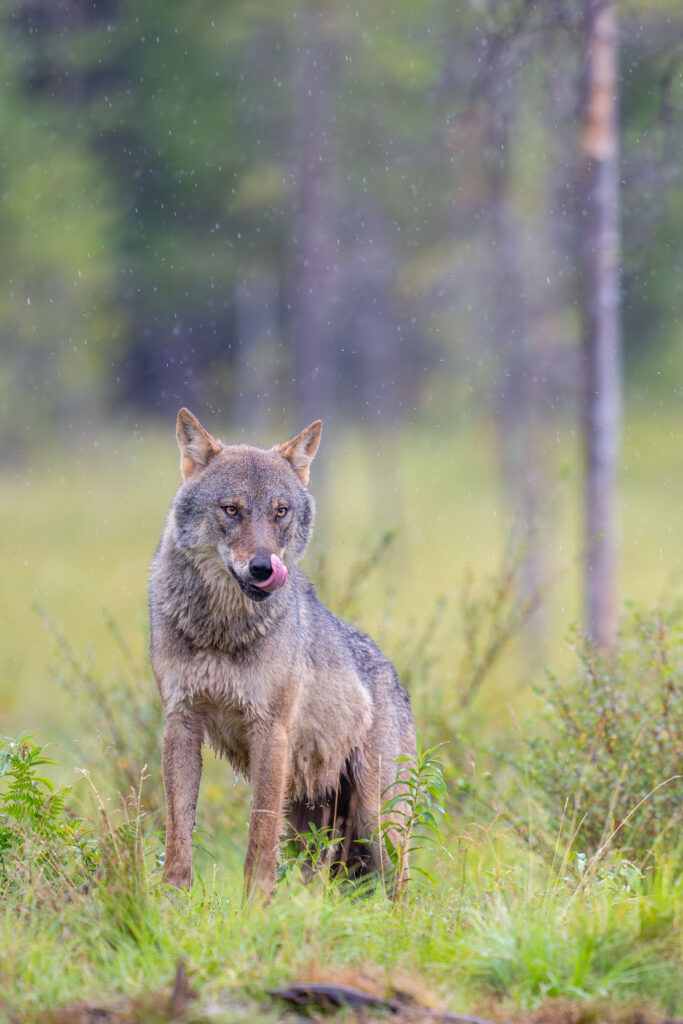
Image credits
From the top: 1-3 Staffan Widstrand, 4 Magnus Lundgren, 5-7 Staffan Widstrand